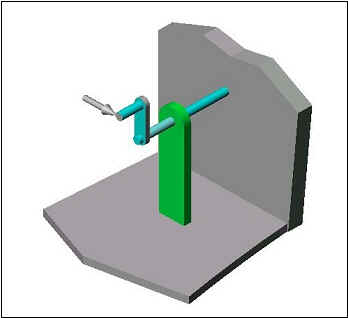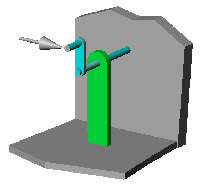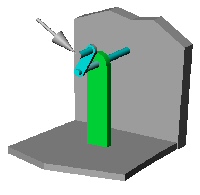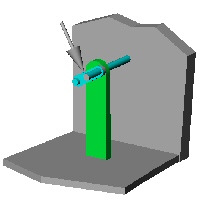1967formulaS
Well-Known Member
Get some 4.3 gears for the rear and you will be fine.
....i can't believe any body would select a 383 over a 440
Cubic inch builds torque not Horsepower, 383 is in a slight disadvantage in the hp department because of the slightly smaller bore which cost some potential airflow
(Horsepower).
 Figure 1
Figure 1


....i can't believe any body would select a 383 over a 440
m383???
i wouldn't select either myself,i'm small block all the way.But it has always been my understanding that a 440 will out perform a 383 in every way...maybe i'm wrong.
m
maybe, but a 383 will out perform a smallblock any day all day.
but that isn't what this thread is about.
Damn skippy^^^^^^^
Horsepower is calculated from a measured torque reading...they are essentially the same. If you don't understand this relationship, do yourself a favor and read
... the original question was which engine would be best for the old girl?
do we have a winner?
Long live the 383. Coincidentally, I just picked one up tonight for scrap money. He was gonna scrap it! Heavens to Mergatroid!
